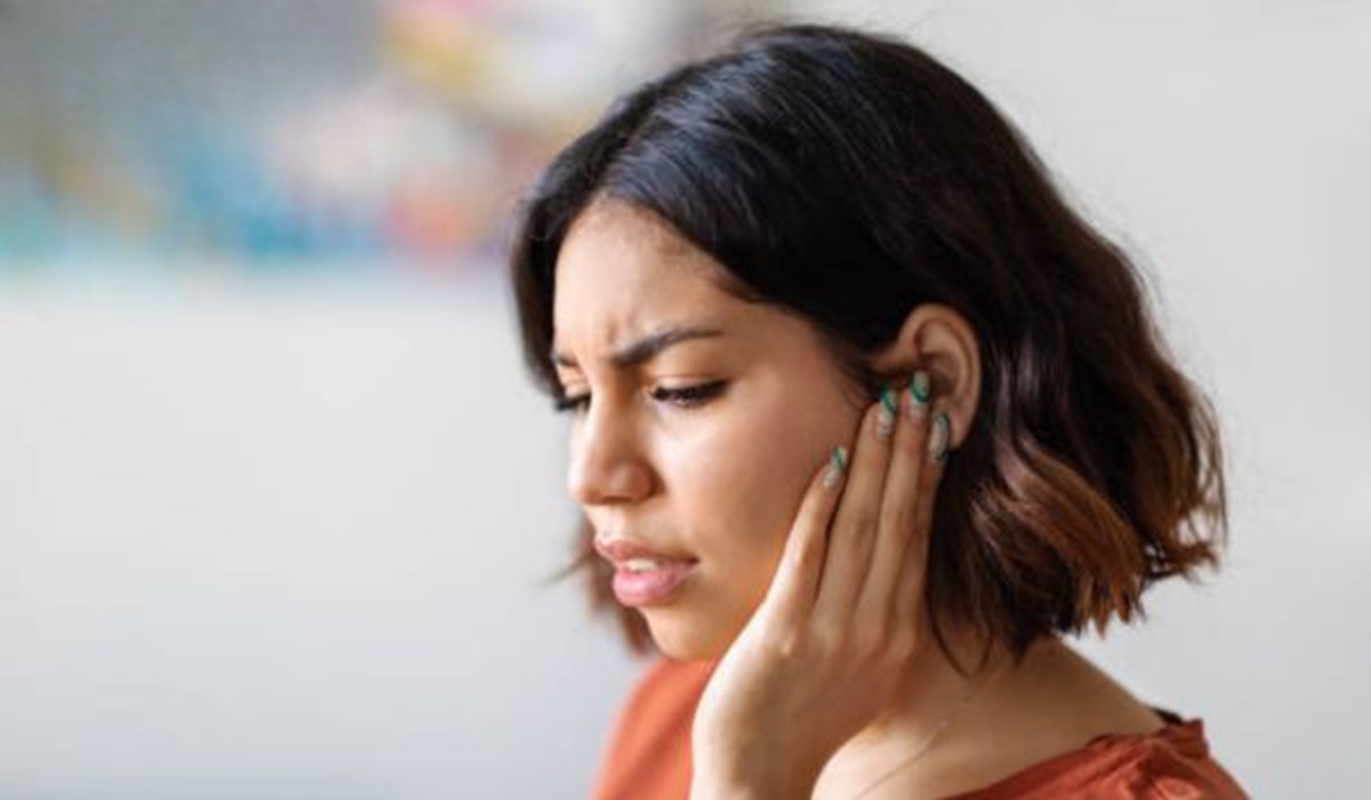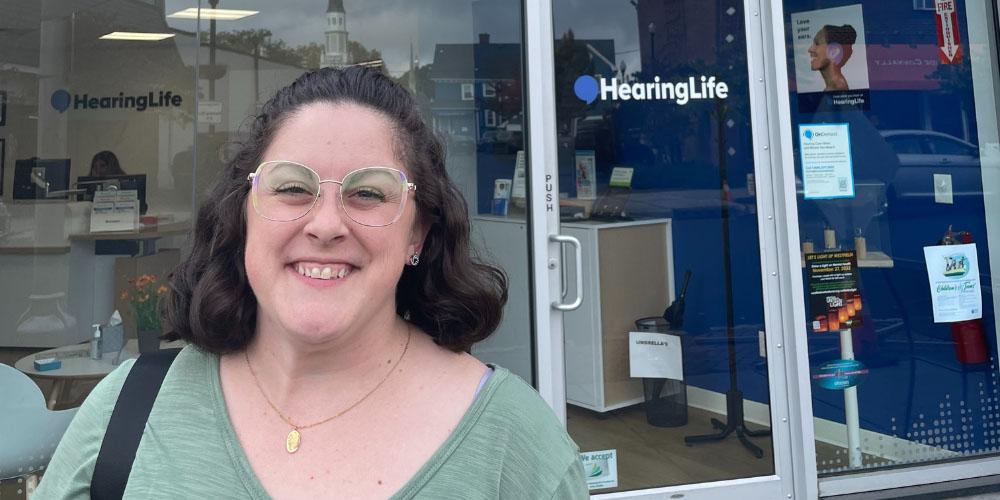
Isopropyl alcohol also referred to as rubbing alcohol, finds all kinds of uses as a household supply, cleaning everything from stainless steel to makeup brushes. Available in 70% (the most common) and 99% dilutions, it’s a staple you always want to have on hand. But can you use it for your ears beyond keeping fresh piercings disinfected? Read on to find out more. |
From cleaning to small medical issues, there are many reasons why people might consider using rubbing alcohol in their ears. You can put a small amount of rubbing alcohol mixed with white vinegar in your ear to help dry out moisture, such as water trapped after swimming.
However, it's not recommended to use rubbing alcohol if you have an ear infection, perforated eardrum, or earache, as it can cause irritation or worsen the condition. Always consult a doctor if you're unsure.
When it comes to putting rubbing alcohol in ears for cleaning purposes, it’s safe to do so as long as you do it correctly. Start by putting 2-3 drops in one ear, then hold your head to the side for a few minutes so the rubbing alcohol can clear out bacteria and earwax. Let it drain out, and then do the same for the other ear.
Rubbing alcohol and vinegar can be used together as a remedy for ear issues, particularly for drying out trapped water and preventing infections. The combination works because rubbing alcohol evaporates quickly, while vinegar has antimicrobial properties that can help prevent bacterial growth.
When mixed, the solution can be effective for reducing moisture in the ear, especially after swimming or bathing. However, it's essential to use this remedy with caution. This mixture should not be used if there is an existing ear infection, a perforated eardrum, or any other ear-related conditions, as it could cause irritation or worsen the situation.
Isopropyl alcohol and rubbing alcohol refer to the same substance, but there are some distinctions in terms of concentration and formulation. Isopropyl alcohol (IPA) is a colorless, flammable chemical compound with the formula C3H8O. It is commonly available in various concentrations, usually ranging from 70% to 99%.
Rubbing alcohol typically contains isopropyl alcohol diluted with water and may also include other additives to enhance its scent or antiseptic properties. The most common concentration for rubbing alcohol found in stores is around 70%, which is effective for disinfection purposes.
In summary, while isopropyl alcohol is the pure chemical compound, rubbing alcohol is a more diluted solution that often contains isopropyl alcohol as its primary ingredient.
Yes, rubbing alcohol can potentially damage your ear if not used correctly. Here are some risks associated with using rubbing alcohol in the ear:
- Irritation: Rubbing alcohol can cause irritation or a burning sensation in the ear canal, especially if there are any cuts or abrasions;
- Dryness: While it can help dry out excess moisture, excessive use can lead to dryness and irritation of the ear canal;
- Infection risk: If the skin inside the ear is damaged, using rubbing alcohol may increase the risk of infection;
- Perforated eardrum: If there is a perforation in the eardrum, introducing rubbing alcohol can lead to more serious complications and should be avoided;
- Tinnitus or hearing issues: In some cases, using alcohol in the ear can exacerbate tinnitus (ringing in the ears) or lead to temporary hearing issues.
Cleaning ears with alcohol is most useful when you want to tap into its antiseptic properties, such as when you have an infection like swimmer’s ear. Here's how to put rubbing alcohol in ear:
- Put 2-3 drops of rubbing alcohol in one ear;
- Tilt your head to the side so it doesn’t drain out;
- Wait several minutes;
- Drain your ear over the sink;
- Repeat on the other side.
If rubbing alcohol is too harsh for your ears, it can be mixed with equal parts white vinegar. Keep in mind that because rubbing alcohol has drying properties, using it too often can lead to inner ear dryness, flaking and itching.
The best way to avoid needing to use rubbing alcohol is to protect your ear health. Here are a few tips to keep your ears happy and healthy:
- Clean your ears regularly with a soft cloth;
- Never put foreign objects like cotton swabs in your ears;
- Wear hearing protection when around high levels of noise;
- Get ear and hearing check-ups regularly.
Using rubbing alcohol on your ears isn’t a universal solution. If you’re experiencing the following symptoms, contact your doctor.
- Severe fever;
- Severe pain;
- Hearing loss;
- Swelling around the ear;
- Liquid draining from the ear;
- No symptom improvement after 2–3 days.















